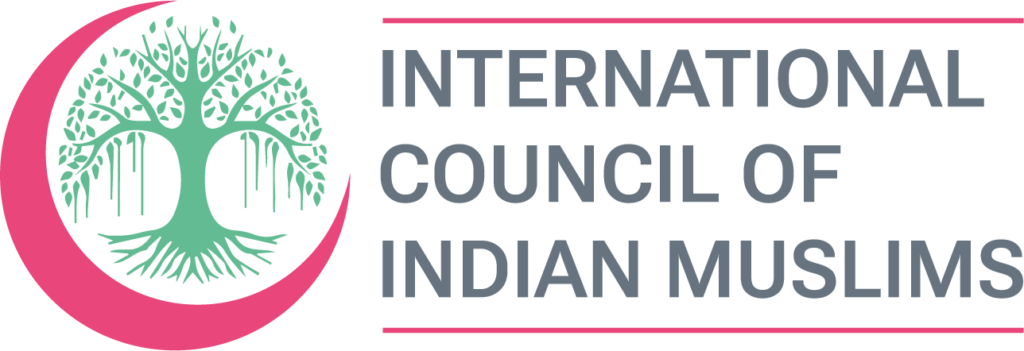Religion has historically influenced Indian society on a political, cultural and economic level. There is a sense of pride associated with the country’s rich religious history as the traditions of Hinduism, Buddhism, Sikhism and Jainism all emerged out of India. Moreover, while a majority of people in India identify as Hindu (79.8%), the medley of religions that exist within the country continually impact contemporary society.
In India, religion is more publicly visible than it is in most English-speaking Western countries. This becomes evident when considering the numerous spaces that are thought to be sacred and holy. Examples include ‘ashrams’ (monasteries or congregation sites) consisting of large communities of scholars or monastics, temples (mandir), shrines and specific landscapes such as the Ganges river. There is a rich religious history visible in architecture, and it is not uncommon to find various places of worship, such as a Hindu temple, Muslim mosque and Christian church, all next to each other.
Religious diversity is evident through communities like the Lingayats, Adivasis, and numerous others that maintain distinct identities separate from mainstream Hinduism. Lingayats, predominantly in Karnataka, follow a unique tradition venerating Lord Shiva, while Adivasis, indigenous tribes across India, have their own varied belief systems. Additionally, communities such as the Sikhs, Jains, Buddhists, and followers of indigenous tribal faiths like Santhal, Bhil, and Gond, each have distinct religious traditions and identities. The 2011 Census allowed for the categorization of “Other” religions, reflecting this diversity, and legal and political debates have arisen over recognizing these distinct religious identities, showcasing India’s complex religious landscape beyond the portrayal of monolithic Hinduism.
The 2011 Indian census indicated that 79.8% of Indians identified as Hindu, 14.2% identified as Muslim and 2.3% identified as Christian. A further 1.7% of the population identified as Sikh, 0.7% identified as Buddhist, 0.37% identified as Jain and 0.23% were in the category of ‘Others’. Due to the massive population size of India, religious minorities still represent a significant number of people. For example, although only 0.37% of India may identify with Jainism, that still equates to over 4 million people. While not all religions in India can be discussed in detail, the following provides an overview of the major religions in the country as well as sizable religions that originated in India.
Hinduism in India
Hinduism – the most widely followed religion in India – can be interpreted diversely. Pinpointing what constitutes Hinduism is difficult, with some suggesting that it is an umbrella term that encompasses various religions and traditions within it. Nonetheless, Hinduism in all its forms has been particularly influential in Indian society. Hinduism continues to thrive in modern-day India. The religion affects everyday life and social interactions among people through the many Hindu-inspired festivities, artistic works and temples. There is also a continuing revival of the classical ‘epic’ narratives of the Ramayana (Rama’s Journey) and the Mahabharata (The Great Epic of the Bharata Dynasty) through the medium of film and television. The Krishna Lila (The Playful Activities of Krishna) is another popular tale among many villages. It is common to find images of gods and goddesses in public and private spaces at all times of the year. The elephant-headed god, known as Ganesh, is particularly popular due to his believed ability to remove obstacles. Natural landscapes are also venerated, such as particular trees or rivers. The Hindu pantheon of deities extends into the hundreds of thousands due to the localised and regional incarnations of gods and goddesses. There are also many festivals celebrated throughout the country dedicated to the many Hindu narratives and deities.
The Vedas and Upanishads are considered the foundational texts of Hinduism. They provide the philosophical and spiritual underpinnings that have shaped the core beliefs and practices of Hinduism. The Vedas are the earliest scriptures of Hinduism and serve as the source of religious rituals, hymns, and mantras used in Hindu worship. They lay the groundwork for concepts such as dharma (righteous duty) and karma (the law of cause and effect) that are central to Hindu thought. Hindu rituals, including those associated with major life events such as birth, marriage, and death, often draw inspiration from the Vedas.The Upanishads, which are sometimes referred to as Vedanta (“the end of the Vedas”), build upon the Vedic traditions. They explore profound philosophical questions about the nature of reality, the self (Atman), and the ultimate reality (Brahman). The Upanishads are critical to the development of key Hindu philosophical schools, such as Advaita Vedanta, which emphasizes the non-dual nature of reality and the unity of the individual soul with the universal soul.
One influential component of Hinduism impacting India is the large-scale caste system, known as the ‘varna’ or the ‘Jati’ system. The Jati system represented the Hindu ideal of how society ought to be structured. This form of organisation classified society into four ideal categories: brahmin (priestly caste), kshatriya (warrior, royalty or nobility caste), vaishya (commoner or merchant caste) and shudra (artisan or labourer caste).
It is a hereditary system in that people are believed to be born into a family of a specific caste. Each caste has specific duties (sometimes known as ‘dharma’) they are expected to uphold as part of their social standing. For instance, a member of the Brahmin caste may be expected to attend to religious affairs (such as learning religious texts and performing rituals) while avoiding duties outside of their caste, such as cleaning. In contemporary times, Brahmin men who have been trained as priests often tend to temples and perform ritual activities on behalf of other members of Hindu society.
Islam in India
Islam is the second most followed religion in India, influencing the country’s society, culture, architecture and artistry. The spread of Islam in India was a gradual and multifaceted process. One of the earliest avenues for the introduction of Islam to the Indian subcontinent was through trade. Muslim traders and merchants established connections between India and the Islamic world, fostering cultural exchanges that included religious ideas
However, a significant turning point in the spread of Islam in India occurred through conquests and invasions. From the 7th to the 12th centuries, persianate dynasties, including the Ghaznavids and Ghurids, embarked on conquests in North India, which resulted in the establishment of Muslim rule in several regions, leading to conversions among local populations, particularly in urban centers.
The role of Sufi missionaries and saints cannot be overstated. Sufism, with its emphasis on spirituality, mysticism, and a personal connection with the divine, resonated with many Indians. Sufi saints, known for their piety and asceticism, often played a crucial role in spreading Islamic teachings, attracting followers through their message of love, tolerance, and devotion.
The patronage of Islam by certain rulers, most notably the Mughal emperors, contributed to the religion’s growth and development in India. Emperor Akbar, for instance, implemented policies of religious tolerance and engaged in dialogues with scholars from various faiths, furthering the integration of Islamic ideas into the Indian context.
In addition to these factors, social mobility and relief from the rigid caste system attracted some marginalized or lower-caste groups to convert to Islam. The religion’s egalitarian principles and the promise of a more inclusive and equitable social structure appealed to those seeking a better life.
The partition of the subcontinent in 1947 led to mass emigration of roughly 10 million Muslims to Pakistan and nearly as many Hindus and Sikhs from Pakistan into India. This event changed the demographics of both countries significantly and is continually felt throughout India. Nonetheless, the Islamic community in India continues to play a considerable role in the development of the country. For example, the Muslim community in India has contributed to theological research and the establishment of religious facilities, seminaries of international repute, institutes and universities. The mystical strain of Islam (Sufism) is also popular, with people gathering to watch Sufi dance performances. The majority of Muslims are Sunni, but there are also influential Shi’ite minorities in Gujarat. Most Sunnis reside in Jammu and Kashmir, Uttar Pradesh, West Bengal and Kerala as well as major cities.
Sikhism in India
Originating in India, Sikhism is a monotheistic religion that promotes devotion to a formless God. The religion is centred on a tenet of service, humility and equality, encouraging its followers to seek to help those less fortunate or in need. Muslim saints like Baba Farid and Bulleh Shah have greatly influenced Sikhism and the Guru Granth Sahib, Sikhism’s holy scripture. Some of Baba Farid’s hymns are incorporated into the Guru Granth Sahib, emphasizing shared spiritual values between Sikhism and Sufism, such as devotion and love for God. Bulleh Shah, a revered Punjabi Sufi poet, emphasized inner spirituality and unity with the Divine, resonating with Sikh teachings. While Bulleh Shah’s verses are not part of the Guru Granth Sahib, his ideas have influenced Sikh thought, reflecting Sikhism’s inclusive and harmonious approach to spirituality and its recognition of wisdom from diverse traditions.
For example, it is common for Sikhs to offer food to those visiting a gurdwara (the primary place of worship for Sikhs). One of the most recognised symbols of the Sikh community is a Sikh turban (known as a ‘dastar’ or a ‘dumalla’) worn by many men and some women. Since the partition of India and Pakistan, most Sikhs in India have resided in the Punjab region.
Buddhism in India
Buddhism originated as a countermovement to early Hinduism by presenting a universal ethic rather than basing ethical codes on an individual’s caste. The core doctrine of Buddhism, known as the ‘Four Noble Truths’, teaches that one can be liberated from the suffering that underpins the cycle of death and rebirth by practising the ‘Noble Eightfold Path’. Buddhism has become more widely practised in India over the last 30 years. This is partially due to the increased migration of exiled Buddhist monks from Tibet. However, its popularity has also increased as many from the ‘untouchables’ caste view it as a viable alternative to Hinduism in contemporary Indian society. Many Buddhists reside in the states of Maharashtra, Sikkim, Arunachal Pradesh, Jammu and Kashmir.
Jainism in India
Jainism also originated as a countermovement that opposed some of the teachings and doctrines of early Hinduism. In modern-day India, layperson Jains usually uphold the ethical principle of ‘ahimsa’ (‘non-harm’ or ‘non-violence’). As such, Jains tend to promote vegetarianism and animal welfare. Another common practice in the Jain lay community is samayika, a meditative ritual intended to strengthen one’s spiritual discipline. Samayika is often practised in a religious setting, such as a temple, before a monk, or in one’s home. Most Jains reside in Maharashtra, Gujarat and Rajasthan.
Christianity in India
Christianity is the third most followed religion in India, mostly concentrated in the far south and Mumbai. The most prominent denomination of Christianity in India is Roman Catholicism, but there are also localised Christian churches (such as the Church of North India and the Church of South India). Converts to Christianity have come mainly from traditionally disadvantaged minorities such as lower castes and tribal groups.




